1. Beating Rugs Outside
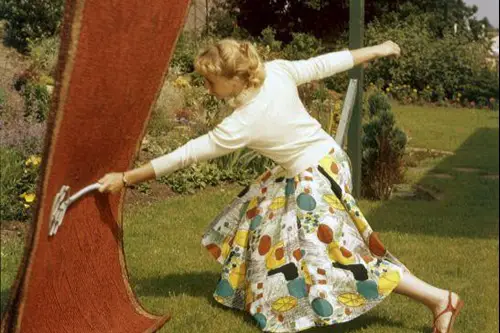
Before vacuum cleaners, hanging rugs over a line and beating them was how you got rid of embedded dirt and dust. It was exhausting and incredibly inefficient by today’s standards. Now, vacuums and even rug shampoos can do the job faster and with better results. Yet some folks still haul their rugs out every spring, wooden paddle in hand.
There’s something cathartic about the act—it feels like fighting back against grime. It’s noisy, physical, and kind of dramatic, which makes it memorable. But it spreads allergens into the air and rarely gets the rug truly clean. Unless you live without electricity or love theatrics, you’re better off sticking with modern tools.
2. Folding Towels a “Proper” Way
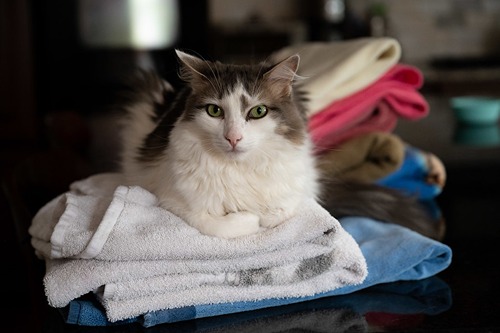
There’s an oddly competitive edge to how people fold towels—tri-fold, rolled, hotel-style—you name it. Social media has only added fuel to the fire, but this dates back to when homemakers were judged by their linen closets. The truth is, towels don’t dry better or last longer depending on the fold. It’s purely aesthetic and, frankly, arbitrary.
Still, people get very passionate about “the right way” to do it. There’s comfort in routine and a sense of control in making things look tidy. But unless you’re running a spa, the fold method doesn’t matter. Just get them clean and put away—your guests won’t be measuring edges.
3. Ironing Bedsheets
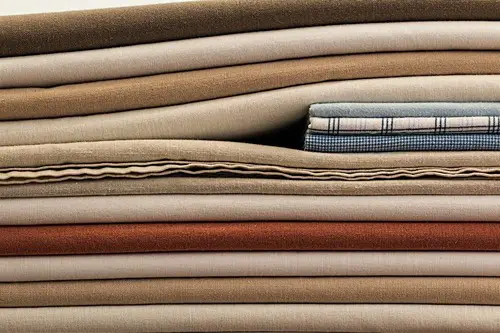
Ironing sheets was once a point of pride, especially in upper-class households with staff. The idea was that a crisply ironed bed symbolized order and care. But for the average modern household, this is an enormous time investment with almost no functional payoff. Once you sleep in them, those wrinkles come right back.
Even so, some people still insist on it—either out of habit or because they genuinely enjoy the luxury feel. Hotel-level perfection is appealing, but it’s definitely not practical for day-to-day life. It’s also energy-intensive and hard on the fabric over time. Unless you’re prepping for a magazine shoot or impressing royalty, you can probably skip it.
4. Polishing Silver Regularly

Owning silverware used to be a status symbol, and keeping it sparkling was considered a sign of good housekeeping. But silver tarnishes fast when exposed to air, requiring constant maintenance. Polishing silver is time-consuming, messy, and sometimes toxic depending on the cleaner used. Most people use stainless steel now for a reason.
Still, family heirlooms and wedding gifts mean many households keep a few pieces tucked away. And every holiday, out come the gloves and polish like it’s 1955. Sentimental value keeps the tradition alive, even when it doesn’t serve a practical purpose. It’s a labor of love—not logic.
5. Waxing Wood Floors
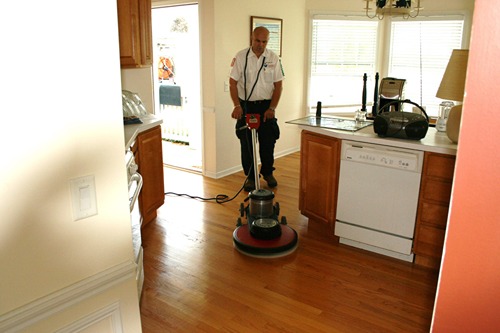
Before polyurethane sealants, floors needed to be waxed regularly to maintain their shine and protect the wood. This involved spreading paste wax, letting it haze, and then buffing it out—by hand or machine. It was sweaty, time-intensive work, and it didn’t even prevent scratches all that well. Today’s flooring options require far less upkeep.
Even so, some homeowners continue to wax out of habit or preference for the old-school glow it provides. There’s nostalgia tied up in the scent and rhythm of the process. But unless you have original hardwood from the 1800s, it’s more of a vintage hobby than a modern necessity. Most modern floors just need a gentle cleaner and a mop.
6. Washing Walls Every Spring
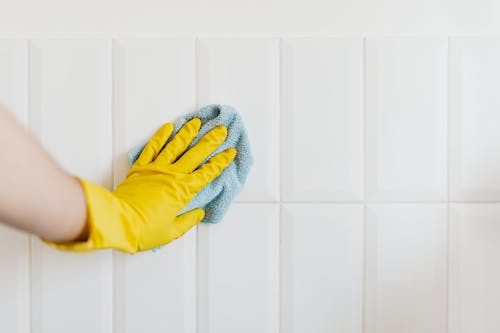
For generations, spring cleaning meant dragging out buckets and scrubbing down every wall in the house—top to bottom. This came from a time when homes were heated by coal or wood, which left soot on surfaces. But in most modern homes with clean HVAC systems, walls don’t accumulate nearly that kind of grime. Still, many people swear by the ritual, more for the symbolic fresh start than actual cleanliness.
Even though it’s rarely necessary today, the habit lingers as part of the larger spring cleaning mindset. People feel a psychological “reset” when they do it, even if it’s overkill. Plus, it can be oddly satisfying, like wiping away the last of winter’s gloom. But from a practical standpoint, there are far more efficient ways to refresh a space.
7. Keeping a Formal Living Room Off-Limits

Many older homes feature a “formal” living room that’s rarely, if ever, used. These were designed for entertaining guests, not relaxing—and children or pets were often banned. Maintaining this room means cleaning and decorating a space no one enjoys. In small homes, it can even feel like wasted square footage.
Still, some families preserve this tradition for holidays or the occasional visitor. There’s a certain elegance in having a space that’s always spotless and photo-ready. But it’s not the most practical use of space in modern family life. Nowadays, multipurpose rooms that reflect actual living tend to make more sense.
8. Air-Drying Laundry Indoors Year-Round
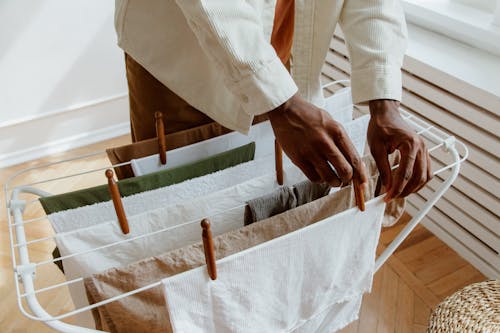
Back in the day, line-drying laundry was the only option, even in winter. Clothes would freeze on the line before eventually drying indoors on racks. While it’s energy-efficient, it’s also time-consuming and creates a ton of indoor humidity. Plus, it leaves fabrics stiff and takes forever in colder climates.
Still, some households continue this practice in the name of tradition, thrift, or eco-consciousness. It can work well in dry climates or during warm months. But if you’ve got a dryer, using it doesn’t mean you’ve abandoned your values. Sometimes convenience really is the more sustainable option in the long run.
9. Keeping a “China Cabinet” for Special Dishes
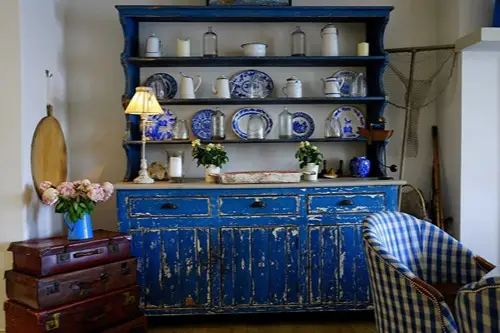
Owning fine china used to be a marker of adulthood and domestic success. People kept full sets in glass-front cabinets and only used them for “special occasions.” But realistically, those occasions rarely happen, and most modern gatherings involve casual dinnerware. Maintaining a china collection takes up space and adds mental clutter.
Yet many families still cling to grandma’s china, even if it never leaves the shelf. It holds memories more than utility now. That’s totally valid, but it’s worth questioning whether it needs to stay front and center. Sentiment aside, those dishes are often more fragile than functional.
10. Ironing Everything—Even Underwear
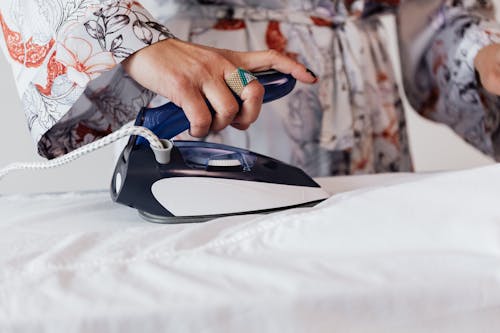
It might sound absurd today, but ironing every piece of clothing—including underwear and handkerchiefs—was once common. Wrinkle-free clothes were seen as a reflection of personal dignity and discipline. But with modern fabrics, dryers, and steamers, the effort is largely wasted. Not to mention it’s a huge time sink.
Some still do it, often out of lifelong habit or a deep-seated belief in “looking put together.” There’s something meditative about ironing, sure, but underwear doesn’t need crisp pleats. If it’s clean and fits, that’s what really matters. Unless it sparks serious joy, this one’s better left in the past.
11. Covering Furniture in Plastic

In many households, especially mid-century ones, couches and chairs were covered in stiff plastic to protect the upholstery. The idea was to keep furniture looking brand-new for decades, especially for “company.” But in practice, it made sitting uncomfortable, noisy, and sweaty—especially in warm weather. It also dulled the charm of having nice furniture in the first place.
Yet some people still do it, either out of habit or because they inherited already-covered heirlooms. There’s a strange logic to preserving something by never really using it. But comfort and practicality should probably win out over museum-style preservation. After all, furniture is meant to be lived in—not laminated.
12. Lining Every Drawer and Shelf
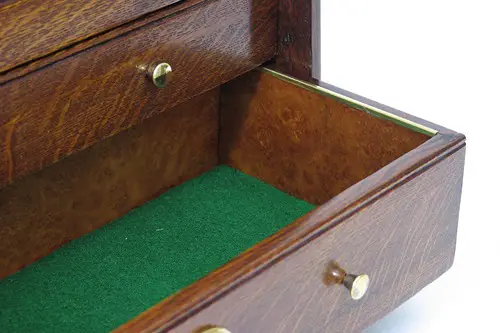
Drawer liners—whether scented paper, rubber mesh, or plastic sheets—have long been a fixture in “well-kept” homes. Supposedly, they keep surfaces clean and protect against scratches, spills, or dust. But more often than not, they curl, bunch up, or trap dirt instead. Cleaning under them becomes yet another chore.
Still, many people swear by them and even replace them seasonally. It’s a little like dressing your furniture in invisible armor. There’s nothing wrong with wanting a tidy drawer, but it’s rarely worth the extra step. A quick wipe-down usually does the job just fine.
13. Matching Bathroom Sets

At one point, a “complete” bathroom meant a matching toilet lid cover, rug contour, bath mat, soap dish, and even tissue box holder—all in one coordinated color or theme. While visually unified, these fuzzy toilet rugs often trapped moisture and were magnets for bacteria. And they rarely held up well after a few washes. Style aside, they created more laundry with questionable benefit.
Still, stores sell them and people still buy them, often as wedding or housewarming gifts. There’s a comforting nostalgia in that full-on matchy aesthetic. But most modern bathrooms benefit more from minimalism and materials that are actually hygienic. If it’s mostly for show, it might be time to rethink the fuzzy toilet hat.
14. Changing Curtains for the Seasons
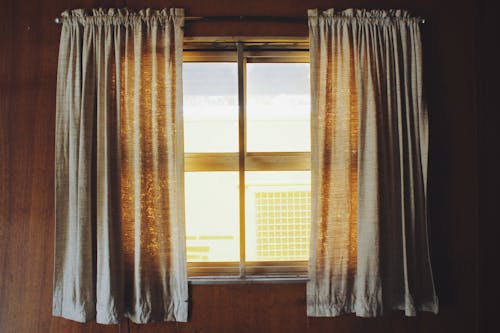
Swapping out curtains every season used to be a sign of domestic attentiveness. Heavy drapes for winter, light sheers for summer, and festive prints for the holidays were part of the routine. It required time, effort, and storage space—not to mention the occasional ladder climb. But with climate control and neutral decor trends, it’s far less necessary today.
Still, some households treat it as a ritual of refresh and renewal. Changing curtains feels like changing the entire mood of a room. And while it’s satisfying in theory, the energy spent might be better used elsewhere. One good pair of all-season curtains can spare you the cycle without sacrificing style.
15. Using Doilies on Every Surface

Doilies were once the go-to way to “protect” furniture from scratches, spills, and decor clutter. They lived under lamps, vases, and candy dishes—usually crocheted or lace-trimmed. But they gathered dust easily and slipped around constantly, making them more decorative fuss than functional helper. Unless you’re in a Victorian parlor, they’re more old-fashioned than practical.
That said, they still show up in homes as a nod to tradition or inherited taste. Some folks even make them by hand as a craft or hobby. But in terms of modern use, coasters or mats tend to be cleaner and sturdier. Unless you truly love the look, it’s okay to let the doily era fade out.
16. Keeping an Ironing Board Out Full-Time
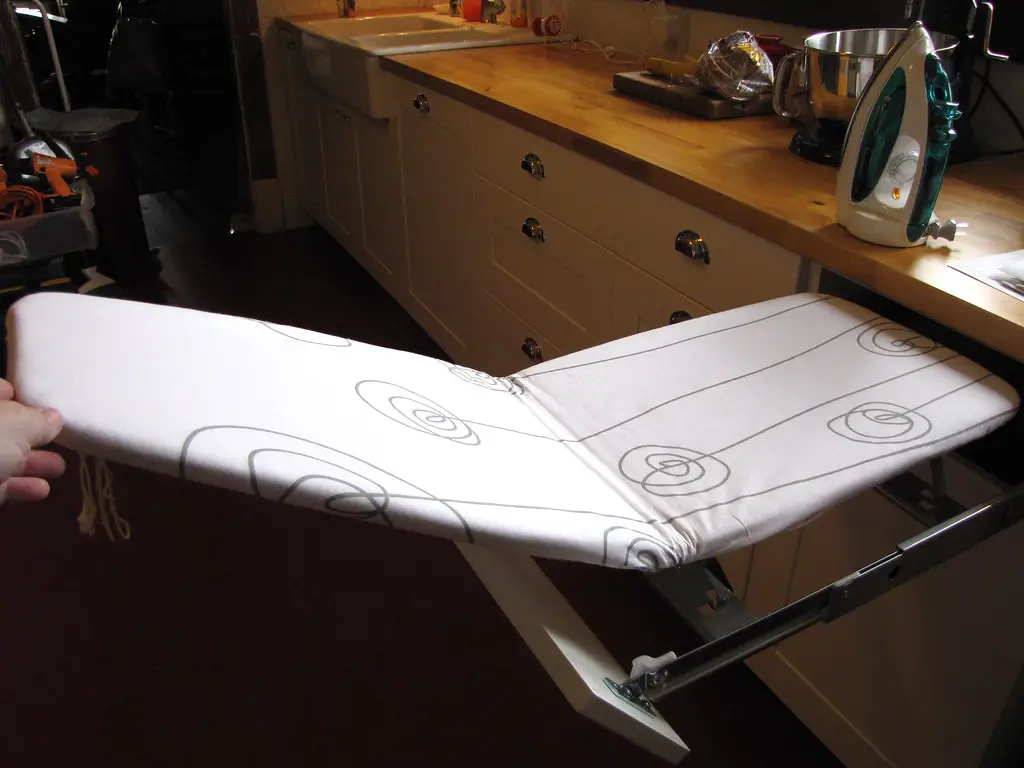
Some homes have a permanent ironing board setup, ready at a moment’s notice like a piece of functional furniture. This stems from a time when nearly everything had to be ironed before being worn—even daily outfits. But today’s wrinkle-resistant fabrics and quick-steam gadgets have made the old routine nearly obsolete. Having the board always out just adds clutter to your space.
Still, many people leave it set up out of convenience or sheer routine. It’s become part of the room’s furniture, whether used regularly or not. If it’s getting more dust than use, it might be worth folding it up and reclaiming the floor space. You don’t have to retire ironing altogether—just retire the shrine.
17. Stockpiling Old Shopping Bags “Just in Case”
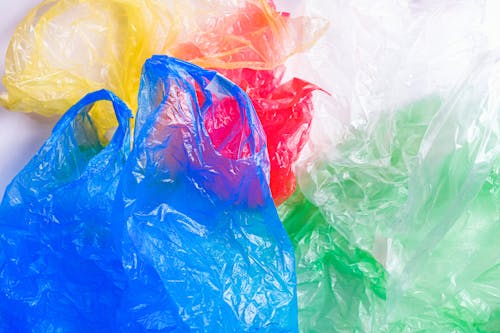
For decades, saving plastic and paper grocery bags felt like smart, frugal planning. They were reused as trash liners, lunch bags, or catch-alls for random messes. But somewhere along the line, that practical stash often turned into a chaotic mountain stuffed in a cabinet. They rarely get used fast enough to justify keeping so many.
Even as reusable bags grow in popularity, this habit persists in homes across generations. It’s rooted in depression-era or budget-conscious thinking: waste not, want not. But in reality, you only need a few—anything more is just clutter. Letting go of the overflow won’t erase your resourcefulness.
18. Starching Everything
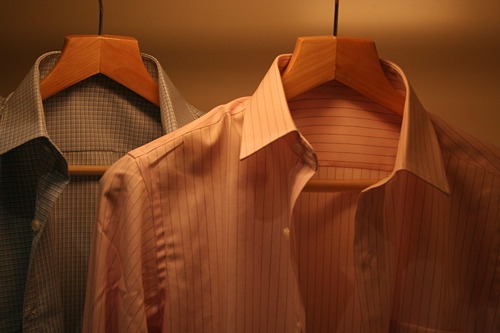
In older households, starching shirts, collars, aprons—even tablecloths—was part of keeping things “presentable.” The crisp, stiff texture symbolized tidiness and pride, especially before the age of permanent press. But the process involves time, extra laundry steps, and added wear on fabric. Not to mention that stiff shirts are rarely comfortable to wear.
Still, some homekeepers and old-school dressers swear by the look of a starched item. It has a certain crisp authority that’s hard to argue with—especially in uniforms or formal settings. But for most people, it’s unnecessary work for an outdated aesthetic. Clean, soft, and wrinkle-free should be good enough.
This post 18 Housekeeping Traditions That Were Never Practical—But Still Persist was first published on Greenhouse Black.
